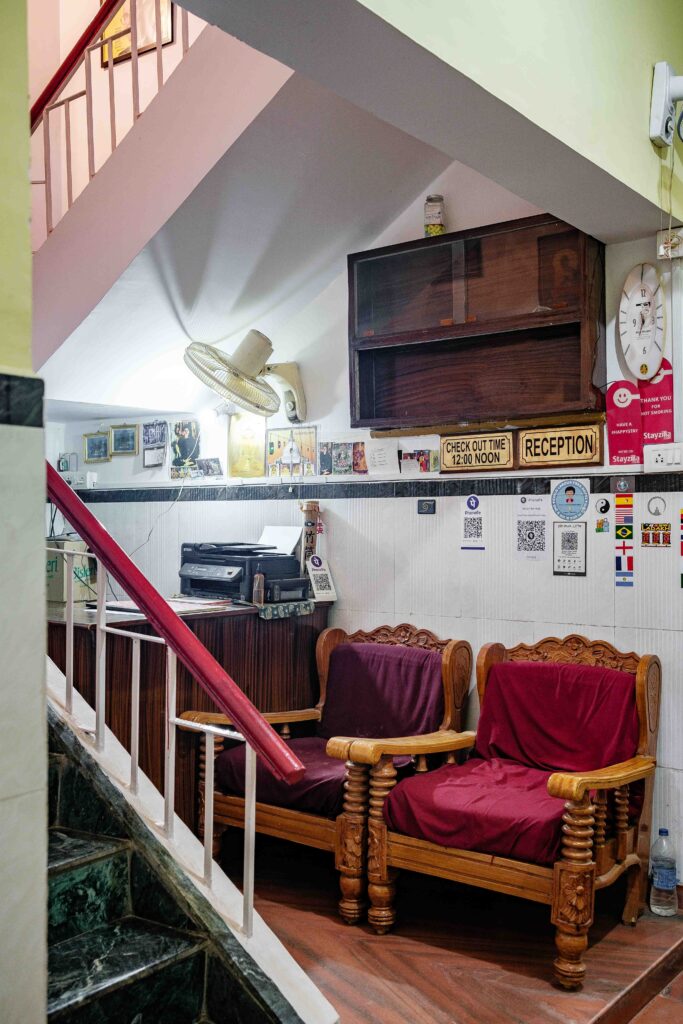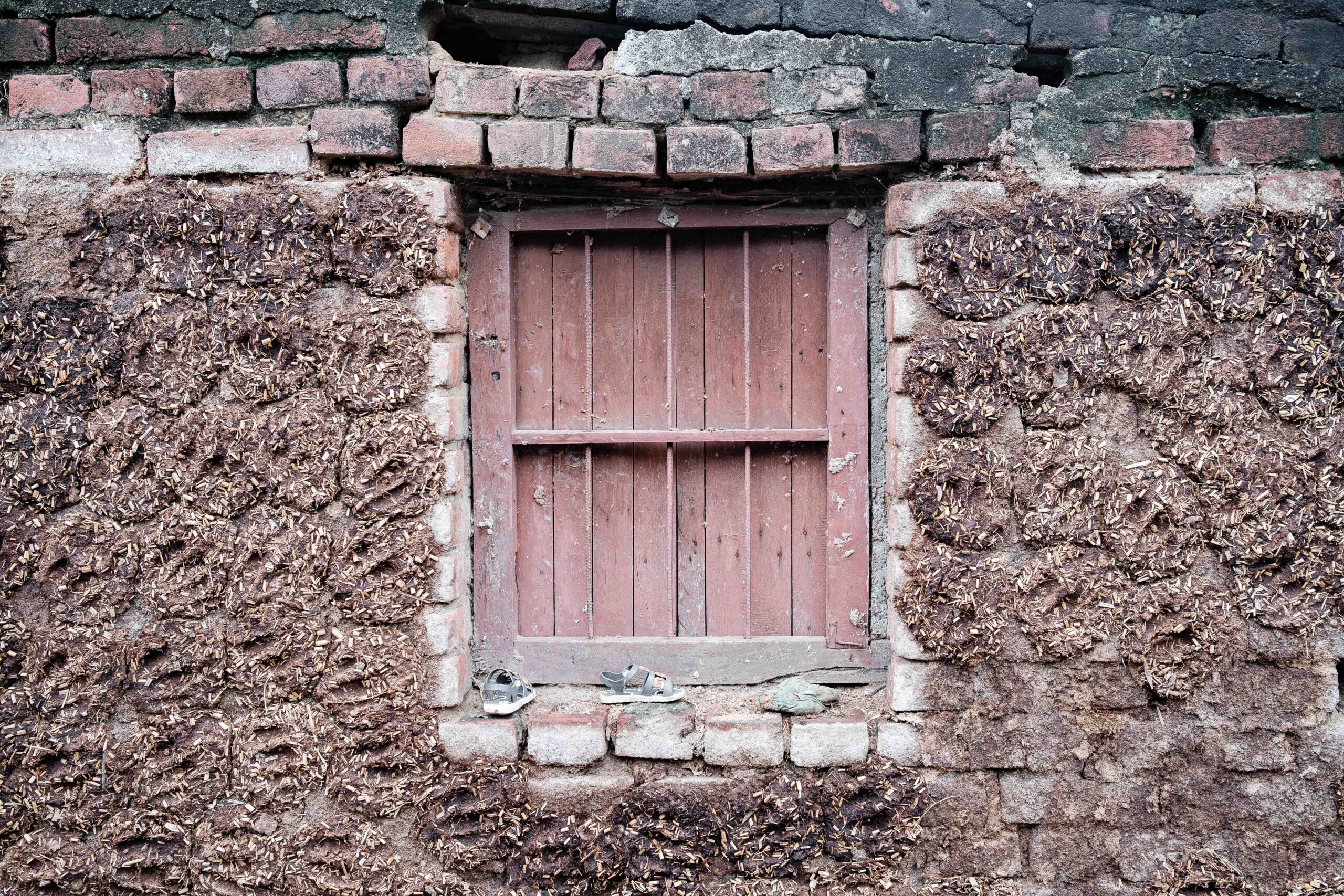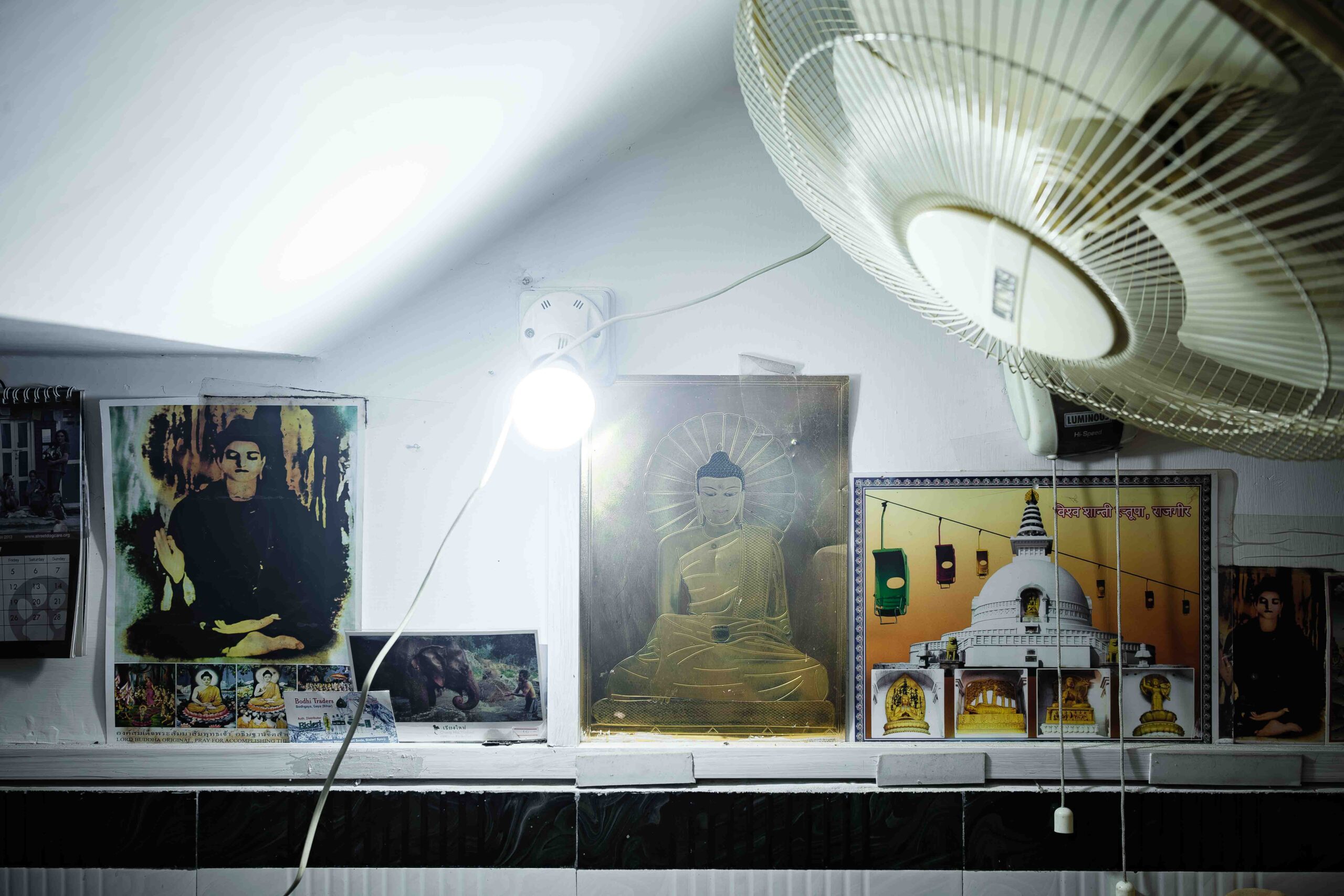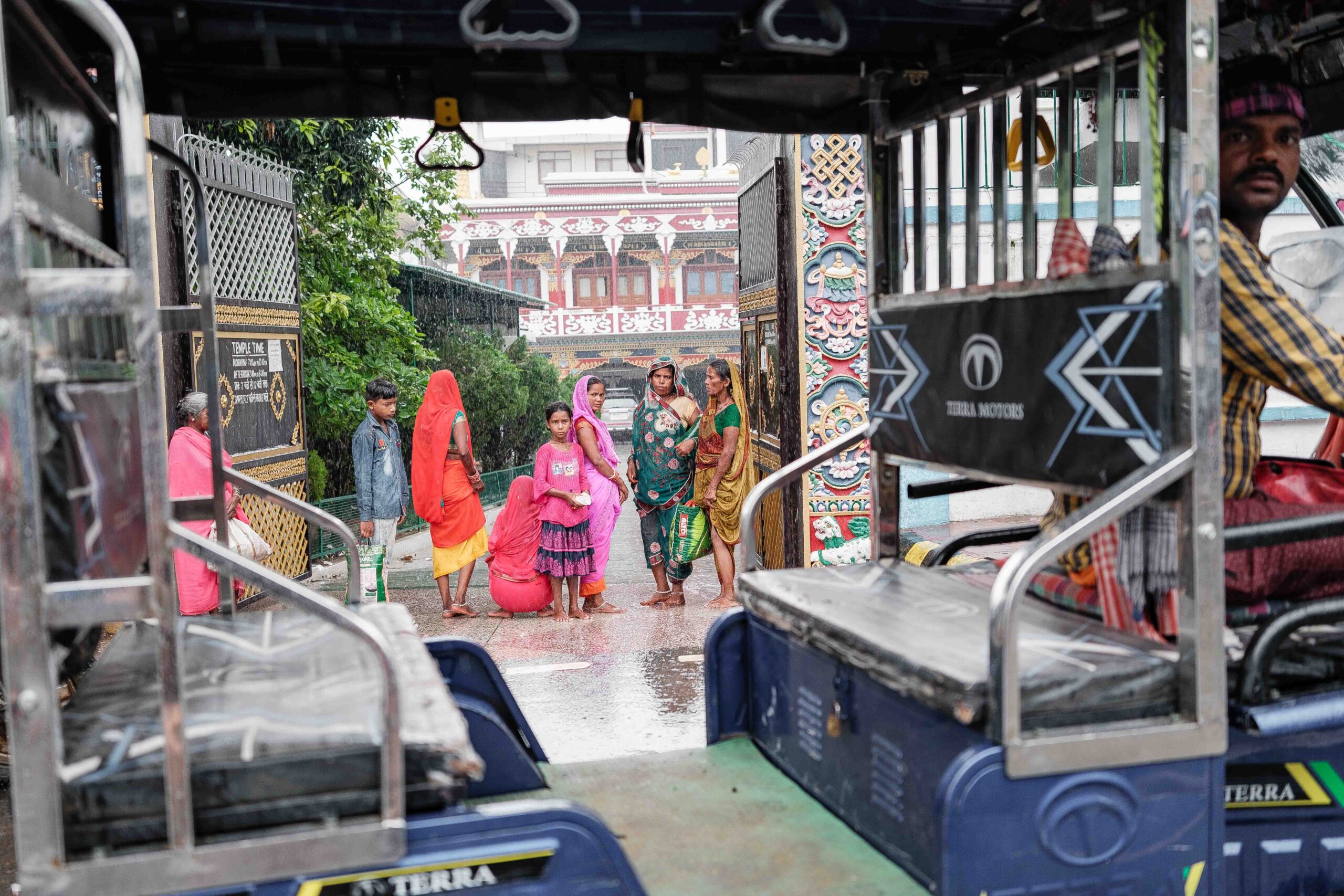For those interested in the religious and philosophical teachings of Buddhism, you may have heard the name Bodh Gaya. That is because here, in this unassuming rural Indian town, Siddhartha Gautama, aka the Buddha, achieved Enlightenment. Travelling to Bodh Gaya
Today, as a result, many of the 52 million practising Buddhists worldwide make it a top destination for pilgrimages. With an average of 400,000 visitors making their way here annually . Mostly to see the Mahabodhi Temple Which marks the exact spot the religious figurehead reached Nirvana. However, many also come to engage in meditation, religious teachings, and other spiritual practices. Travelling to Bodh Gaya, Travelling to Bodh Gaya, Travelling to Bodh Gaya,
- Location and Geography of Bodh Gaya
- History and Culture of Bodh Gaya
- Attractions and Activities in Bodh Gaya
- Local Cuisine and Dining
- Accommodation and Lodging
- Transportation and Travel Tips for Bodh Gaya
- Shopping and Souvenirs
- Local Experiences of Bodh Gaya
- Seasonal Considerations
- Travel Itineraries
- Local Tips and Insights for Bodh Gaya
- Conclusion
Location and Geography of Bodh Gaya


Bodh Gaya is located roughly 7km south of its larger neighbour Gaya. And while both towns are fundamentally Indian, they share few similarities in their commerce and culture.
Gaya is a typical example of a town in the region, with roads full of incessantly honking traffic, people fighting their way through the streets, buildings with entirely exposed brickwork and cows crowding the streets. Here the people support themselves through their industry.
However, just a short distance down the road, it is easy to see how much tourism has shaped the former. Of course, it is still thoroughly Indian with its alleys full of litter, food stalls erected under sheets of plastic and kitchens that have never seen a scouring pad.
However, the central infrastructure consists almost entirely of temples, hotels, restaurants and souvenir shops. The authorities have also cordoned off traffic next to the temple to reduce congestion and noise pollution. Something I never expected to see during my time in India.
Despite this, the outskirts of the town are still very rural. In fact, after just a few minutes of walking from the centre, one will soon find themselves passing rice fields and grazing livestock that many locals still use to earn their livelihoods. Unfortunately, India suffers from an enormous corruption problem. Meaning little of the money from tourism makes it this far down the socioeconomic ladder.
History and Culture of Bodh Gaya


It is no mystery why Bodh Gaya represents such sacred ground to the Buddhists. It is on par with Jerusalem in geographical importance for Christians.
Situated on the east bank of the Lilajan River in the Gaya district of Bihar, Bodh Gaya, or Uruvela as the Buddha would’ve known it in the 5th century BCE, has remained a site of pilgrimage and veneration for Hindus and Buddhists worldwide since this time.
However, only in 2002 did Mahabodhi Temple become recognised as a UNESCO World Heritage Site.
Attractions and Activities in Bodh Gaya


Besides the notable Mahabodhi Temple, dotted across the town include many other notable mentions. However, unlike the Mahabodhi, these are the temples the monks use for their accommodation and study.
The most popular attraction following the Mahabodhi Temple is the Great Buddha Statue. A large stone structure sits at 18.5m (61). And represents the Buddha seated in a meditation pose.
At its time of construction in the early 90s, the Statue was considered the largest structure of the Buddha in India. However, beyond this, the statue holds no real spiritual significance.
Another popular attraction is the Metta Buddharam Temple. A Thai Temple situated on the outskirts of Bodh Gaya. The aesthetic of this building is unique to other sites in the area as it consists of an outer cladding of stainless steel and decorative mosaic mirrors.
Additionally, there is the Tergar Monastery, completed in 2006. That was built to host monks from India, Nepal, and Tibet.
However, there are many additional temples to this in and around Bodh Gaya, including the Tara Temple, the Silver Temple, Metah Budh Ram Temple, the Taiwanese Monastery, the new Buddha Electronic and many more. Each bears some form of distinctive cultural difference. Most often based on the nationalities of the monks it hosts.
One could easily spend several days in Bodh Gaya if one were to visit each of these temples and stop to speak with the monks and appreciate their architectural and cultural significance. However, if you are in a rush or wish to take a selfie and move on, you could do the circuit in one full day.
Local Cuisine and Dining

Despite the number of tourists that visit Bodh Gaya each year, there is very little in the way of stand-out cuisine. There were, of course, many restaurants along the main roads surrounding the Mahabodhi Temple. Finding food wasn’t the problem. However, if you are looking for something special such as a romantic venue for date night. A vegan-styled pizzeria, or a specialised coffee house, you won’t find it here.
As is commonplace in most of India, the catering industry, especially outside of large cities, appears to find it near impossible to create unique dining experiences for customers. In fact, it wasn’t until I visited a coffee house while waiting for my train to depart Gaya that I stumbled across something unique. A unique Coffee house offering an impressive array of chocolate options and desert-style drinks.
Although, like me, if you enjoy a good curry, there is a range of curry houses with a superb number of vegetarian and non-vegetarian options. All at very reasonable prices.
Accommodation and Lodging


Along with investments in building and maintaining the town’s temples, much of the money earned from tourism appears re-invested in its hotel infrastructure. In fact, the majority of buildings within the central district are hotels. With many new ones being built to house the sites growing number of visitors. Here one will find options ranging from the more luxurious end down to your budget-friendly options.
There is something for everyone in Bodh Gaya. Although the entire hospitality industry in India fails to offer anything to appease the sensibilities of Western aesthetics. However, now used to the conditions here, I accept that a decent room is simply one with air conditioning, Wi-fi and few mosquitos.
Transportation and Travel Tips for Bodh Gaya


The most popular way for the westerner to arrive is by train. I say this because hoards of buses and coaches arrive in the town. However, these are often full of either domestic or east asian visitors.
Once you have departed from the station located in gaya, you will need to find a Rickshaw driver to ferry you the 7km south to Bodh Gaya.
For this, do not pay more than 350 Rupees. I personally negotiated 300, which is reasonable. However, in the eyes of the rickshaw driver, fair skin means at least a 50-200% increase in charges. Do not accept this. And if someone is unwilling to accept the reasonable offer of 300-350, move on to the next.
Shopping and Souvenirs
As with any tourist hotspot, there are a significant number of vendors offering souvenirs. And, of course, much of what is for sale here typically revolves around Buddhist symbolism. In fact, if you go here looking for a new Buddha statue, The sheer number of options available will leave you paralysed.
On the downside, I failed to notice anything of real value as most items had evidently made their way to Bodh Gaya in a lorry from a Chinese factory. And while this may appease some, I cannot personally buy a souvenir from a location unless it is handmade at the same place. And as the monks spend their time meditating, little is available to buy in the way of hand-crafted artisan products.
Local Experiences of Bodh Gaya
Due to its small size and the nature of its tourism industry, the overall experience within Bodh Gaya was negative for me. This was partly due to the constant hassle of people wanting to sell me a product or service or beg for my money. A level of harassment that is always amplified in the presence of a Westerner. Even those who seem genuinely friendly often only make conversation because they want your money.
The worst auxiliary hustle I discovered resulting from the town’s tourist status involved taking tourists to schools and emotionally blackmailing them into making donations. Indeed, several of these good-hearted NGO chairmen were to approach me during my time there. All with convincing, heartfelt and emotional pitches.
However, after some online research and conversations with locals, I discovered these NGOs were unofficial and the majority of money donated never reaches the children.
If you find yourself engaged by one of these men, be polite and humour them for a time, they could even teach you something interesting about the area as they can be chattier than most. However, when it comes time to exchange numbers, or they ask you to join them for tea, decline politely.
Seasonal Considerations

I was unfortunate enough to visit Bodh Gaya in the monsoon season between June and September. This meant that for the 4 days I spent there, it rained. Not all day, but every day there was rainfall and a grey sky. This may be ok for those visiting as a spiritual excursion. However, if you want to do some photography, give it a miss.
Instead, I recommend visiting in the country’s spring and summer seasons. Stretching between February and June. The latter months will be hotter, but the conditions for image-making will be far superior. And in actuality, the humidity in monsoon season is perhaps more uncomfortable than the heat from a clear summer sky.
Travel Itineraries


Making the most of your visit starts with rising early. This way, you will have more time in the day for the temples. But more importantly, see the monks doing their morning business in and around the temples before they retreat inside to meditate.
Next, I recommend using the rest of the morning and afternoon to visit your temples of choice. However, check the opening times, as arriving at a closed gate isn’t ideal. For this stage, you can either negotiate a reasonable price with one of the many rickshaw drivers or do what I did and walk between the temples.


Fortunately, everything in Bodh Gaya is close. And even with limited time, one can make it around most of the temples in a day on foot. This also gives the added benefit of observing much of the location and the behaviour of its people.
Later in the early evening, at around 5 pm, head to the Mahabodhi temple. Here you will see multiple groups of monks from various locations congregate to engage in a ceremony involving deep meditative chanting. The experience is profound, even for the non-spiritual and was a highlight of my visit.
Local Tips and Insights for Bodh Gaya


My best advice for those visiting Bodh Gaya would be to make a plan of action regarding the temples you wish to see before starting the day. And make sure they will be open before you arrive.
The town is small, and if you have limited time, you could easily spend just one day here and see most temples. However, there are also opportunities to engage in conversations and practices with the monks here. Meaning one could spend an extended time here also.
Always be open, interested and engage with the monks. One I spoke to even invited me to join a 10-day meditation experience with him. To which I politely declined. I’m comfortable sitting in the realms of my own evolving existentialist philosophies for now.
Lastly, stay clear of anyone offering you the opportunity to visit a school, and if you do decide to use a tour guide on a motorcycle, negotiate a price with them up front and leave no room for further negotiation. Additionally, be clear that you have no interest in deviating from your plan.
Conclusion


Overall, Bodh Gaya was underwhelming. The entire place lacked the authenticity I had hoped to find. And instead seemed like more of a spiritual Disney land than a place to achieve enlightenment.
Of course, I am speaking as an outsider to the Buddhist faith. And am sure as a follower, my perspective on the location would be different. Especially if I were there to engage in teachings and practices within a temple.
However, regardless of its shortcomings, if you have two days to spare and enjoy visiting and photographing Buddhist monks and temples, it may be of interest. Especially as you will find many of these condensed into a small area.
However, for those on a more strict timeframe, you are better off continuing onto Varanasi or Kolkata (depending on your heading) and spending an extra day or two engaging in the culture and your photography there. Travelling to Bodh Gaya, Travelling to Bodh Gaya, Travelling to Bodh Gaya.
















































